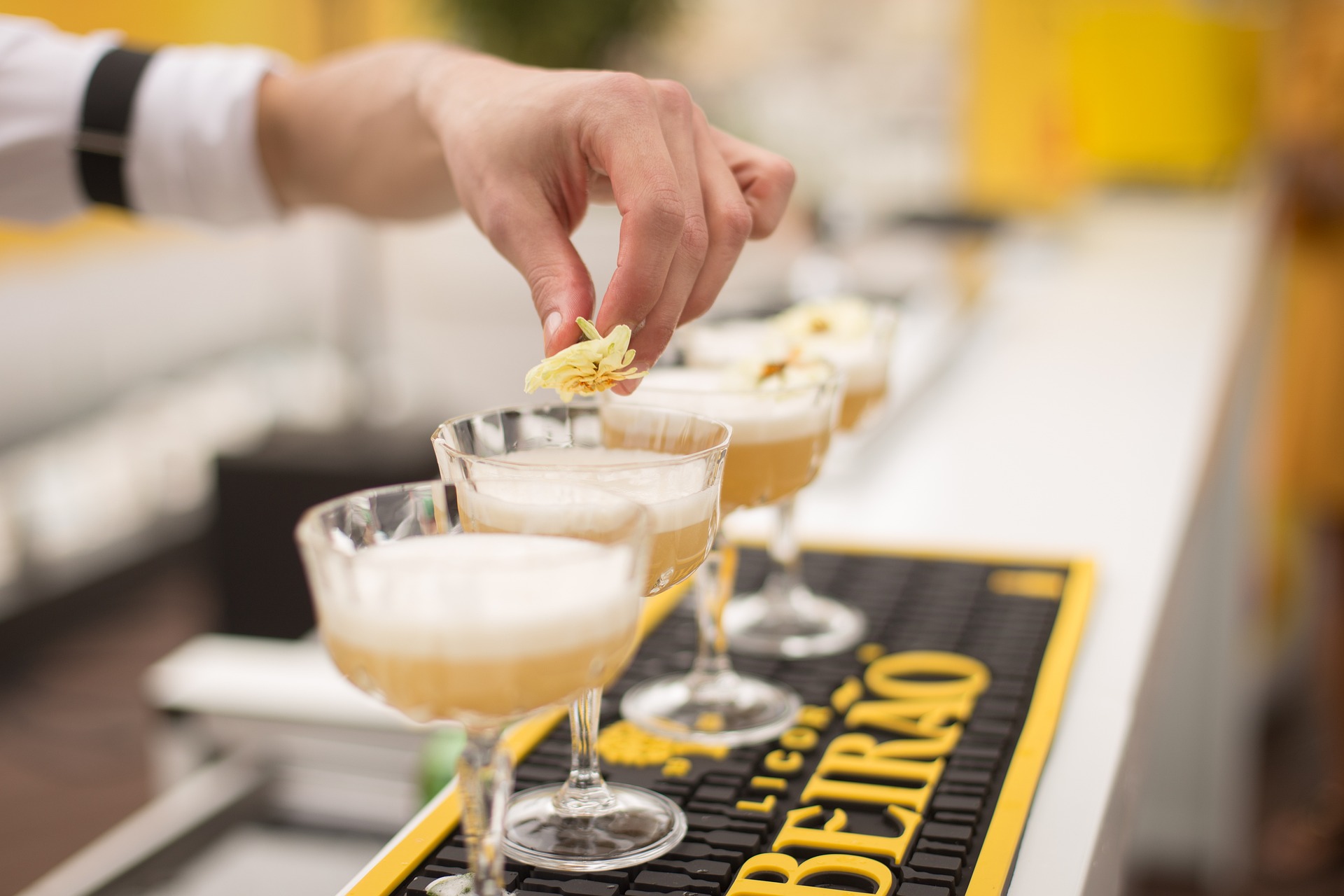Savory Sips: The Rise of Vegetable-Based Cocktails
Embark on a journey through the vibrant world of vegetable-based cocktails, where mixologists are redefining the boundaries of flavor. From earthy beets to crisp celery, these innovative drinks are bringing a garden-fresh twist to happy hour. Discover how this trend is transforming bar menus and home mixology, offering a healthier, more sustainable approach to cocktail crafting.

From Root to Stem: Exploring Vegetable Varieties
The world of vegetable-based cocktails is as diverse as the produce section itself. Bartenders are experimenting with a wide array of vegetables, each bringing its unique character to the glass. Root vegetables like beets and sweet potatoes offer earthy sweetness, while cucumbers and celery provide refreshing, crisp notes. Peppers, from mild bell peppers to fiery habaneros, add complexity and heat. Even leafy greens like kale and spinach are finding their way into cocktails, offering a nutritional boost along with their distinctive flavors. This variety allows for an almost endless combination of tastes and textures, ensuring that vegetable cocktails can cater to every palate. Moreover, the use of seasonal vegetables in cocktails encourages a farm-to-table approach, supporting local agriculture and ensuring the freshest flavors year-round.
Techniques and Tools for Veggie Mixology
Creating the perfect vegetable-based cocktail requires more than just muddling a few cucumber slices. Mixologists are employing a range of techniques to extract maximum flavor from their veggie ingredients. Juicing is a popular method, allowing for the creation of vibrant, nutrient-rich bases for cocktails. Infusions are another key technique, with bartenders steeping vegetables in spirits to create unique flavor profiles. Some are even turning to molecular gastronomy, using techniques like spherification to create eye-catching garnishes. The rise of high-powered blenders and centrifuges in cocktail bars has also expanded the possibilities, enabling the creation of smooth vegetable purées and clarified juices. These techniques not only enhance flavor but also create textures that traditional fruit-based cocktails can’t match, offering a new sensory experience for cocktail enthusiasts.
Balancing Act: Pairing Vegetables with Spirits
The art of crafting vegetable-based cocktails lies in finding the perfect balance between the veggie components and the spirits. Vodka, with its neutral profile, serves as an excellent canvas for showcasing vegetable flavors. Gin, with its botanical notes, can complement the herbal qualities of many vegetables. Tequila and mezcal pair wonderfully with peppers and tomatoes, echoing their Mexican heritage. Even traditionally sweet cocktails are getting a savory makeover, with mixologists using vegetables to cut through the sweetness and add depth. Bitters and herbal liqueurs are also playing a crucial role in these new concoctions, helping to bridge the gap between vegetable flavors and alcohol. This careful balancing act results in cocktails that are complex, layered, and often surprising in their deliciousness.
Health Benefits and Sustainability
Beyond their innovative flavors, vegetable-based cocktails are appealing to health-conscious consumers and environmentally aware bartenders alike. These drinks often contain fewer calories and less sugar than their fruit-based counterparts, making them an attractive option for those watching their waistlines. The vitamins and antioxidants present in vegetables also add a nutritional boost, though it’s important to remember that these benefits are modest in the context of an alcoholic beverage. From a sustainability standpoint, vegetable cocktails allow bars to utilize whole produce, reducing food waste. Many establishments are partnering with local farms or even growing their own vegetables, further reducing their environmental impact. This farm-to-glass approach not only ensures the freshest ingredients but also supports local economies and reduces transportation-related emissions.
Useful Tips & Facts
• Use a high-powered juicer for smooth, pulp-free vegetable juices.
• Experiment with herb and vegetable combinations for unique flavor profiles.
• Consider the water content of vegetables when balancing your cocktail recipe.
• Infuse spirits with vegetables for at least 24 hours for best results.
• Garnish with dehydrated vegetable chips for an extra visual and textural element.
• Remember that some vegetables, like beets, can dramatically change the color of your drink.
As we raise our glasses to the future of mixology, it’s clear that vegetable-based cocktails are more than just a passing trend. They represent a shift towards more thoughtful, sustainable, and adventurous drinking. By embracing the vast potential of vegetables in our cocktails, we open up a world of new flavors and experiences. Whether you’re a seasoned mixologist or a curious home bartender, the vegetable garden is your new cocktail playground. So next time you’re mixing a drink, don’t just reach for the fruit bowl – explore the vibrant, complex world of vegetable-based cocktails and toast to a greener, more flavorful future in mixology.





